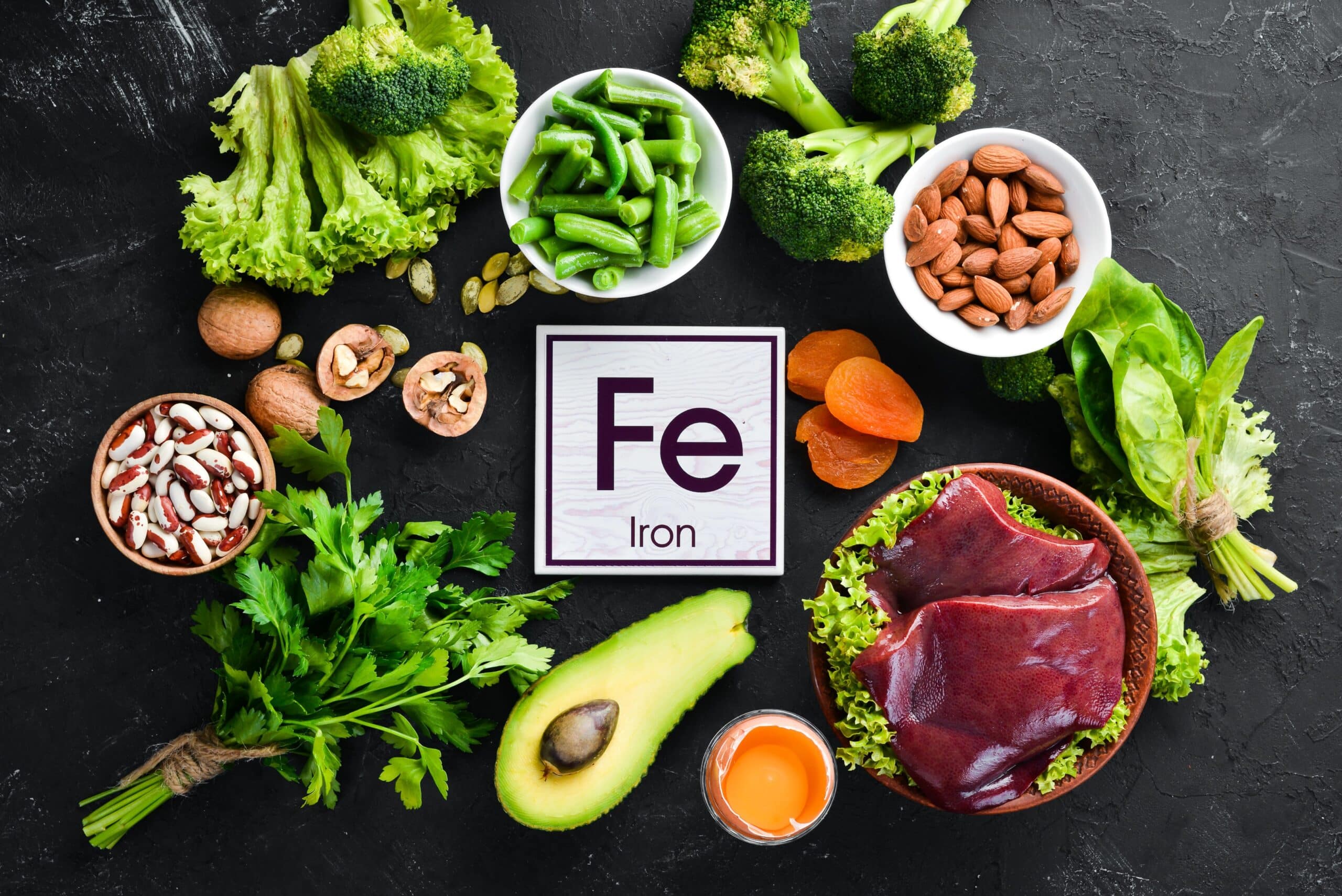A recent study, jointly led by Professor Taejoon Kwon and Professor Hyung Joon Cho in the Department of Biomedical Engineering at UNIST details the neuronal response to excessive iron accumulation, which is associated with age-related neurodegenerative diseases.
By investigating the response of neurons in the SN against age-related iron accumulation, the research team identified a transcriptome profile of aging-related iron accumulation using rats of different ages and confirmed their iron accumulation using the magnetic resonance images. With the additional animal experiments and cell line experiments, they found that two genes (CLU and HERPUD1) responded to age-related iron accumulation, and the knockdown of these genes severely impaired the cellular tolerance for iron toxicity.
“We conjecture that the understanding of the gene expression landscape during age-related iron accumulation can help us to elucidate molecular pathways and putative preventative strategies against neurodegenerative diseases,” noted the research team.
Their findings have been published in the September 2022 issue of Aging Cell, an open-access journal published by John Wiley & Sons. This study has been supported by the Global Ph.D. Fellowship and the University Key Research Institute (UKRI) programs through the National Research Foundation of Korea (NRF). It has also been supported through the grants by the Korea Health Industry Development Institute (KHIDI) and UNIST.
Abstract:
“Progressive iron accumulation in the substantia nigra in the aged human brain is a major risk factor for Parkinson’s disease and other neurodegenerative diseases. Heavy metals, such as iron, produce reactive oxygen species and consequently oxidative stress in cells. It is unclear, however, how neurons in the substantia nigra are protected against the age-related, excessive accumulation of iron. In this study, we examined the cellular response of the substantia nigra against age-related iron accumulation in rats of different ages. Magnetic resonance imaging confirmed the presence of iron in 6-month-old rats; in 15-month-old rats, iron accumulation significantly increased, particularly in the midbrain. Transcriptome analysis of the region, in which iron deposition was observed, revealed an increase in stress response genes in older animals. To identify the genes related to the cellular response to iron, independent of neurodevelopment, we exposed the neuroblastoma cell line SH-SY5Y to a similar quantity of iron and then analyzed their transcriptomic responses. Among various stress response pathways altered by iron overloading in the rat brain and SH-SY5Y cells, the genes associated with topologically incorrect protein responses were significantly upregulated. Knockdown of HERPUD1 and CLU in this pathway increased susceptibility to iron-induced cellular stress, thus demonstrating their roles in preventing iron overload-induced toxicity. The current study details the neuronal response to excessive iron accumulation, which is associated with age-related neurodegenerative diseases.”




